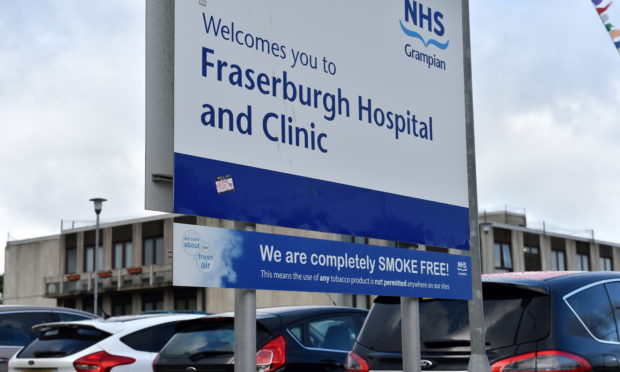Inspectors found that medical records held at a north-east dementia ward did not detail whether certain patients’ loved ones want them to receive life-saving intervention.
Staff from the Mental Welfare Commission for Scotland made an unannounced visit to the Brucklay Ward at Fraserburgh Hospital in March.
The findings, now published, reveal that on the day of the visit, inspectors discovered it was unclear whether some patients at the 12-bed ward were to be resuscitated in the event they needed it.
A report detailing the visit states: “Do not attempt CPR (DNACPR) forms were completed in some files, with evidence of discussion with nearest relative or proxy as appropriate.
“However, there were some files where it was unclear if there had been discussions.
“We were aware that some of the forms had been completed at other hospitals where the patient was previously, and therefore advised that a review of the current patients’ DNACPR should be carried out.”
Management have confirmed the problem has been addressed since the visit.
Mark Simpson, partnership manager for the North Aberdeenshire branch of the Aberdeenshire Health and Social Care Partnership, said: “Following a review by the hospital team, all DNACPR documentation is now reviewed by the medical staff on admission to the ward.
“This admission review also covers what documentation has come with the patient and an action plan that outlines these changes will be submitted to the Scottish Welfare Commission in due course.”
The surprise visit was arranged to see whether the ward had made improvements requested following a prior inspection in 2018.
At that point, recommendations were made in relation to a named nurse system, medication and activities.
The inspectors met six patients during their return visit in March and reviewed their care, saying that they “appeared settled and relaxed in the environment”.
After previously raising concerns about the named nurse process, whereby each patient is allocated a named nurse who is the point of contact for relatives, the new report states: “We were told that on admission each patient is allocated
a named nurse and the named nurse is the point of contact for relatives.
“We were able to identify from the files we reviewed who the named nurse was for each patient.”
Staff were also praised for “good physical health care monitoring” and the inspectors found improvements around medication had been made.
